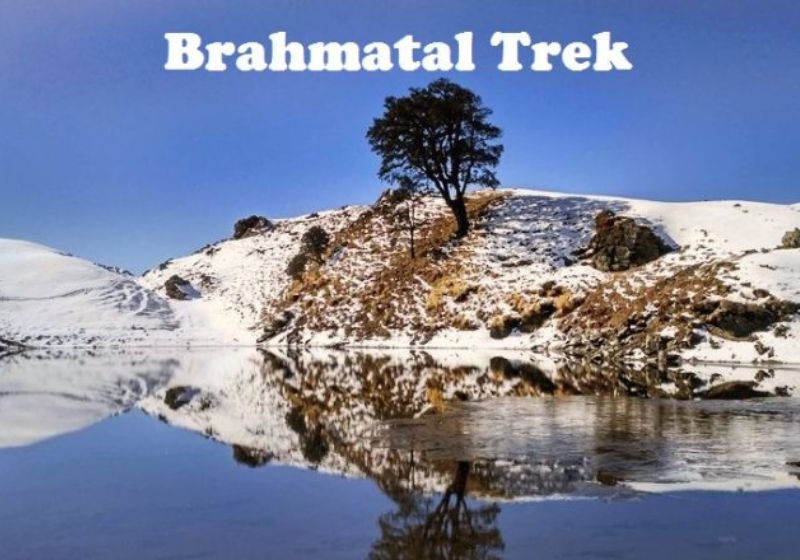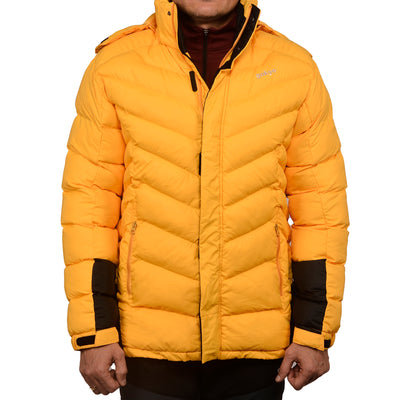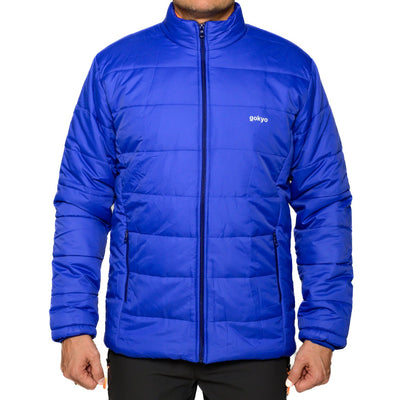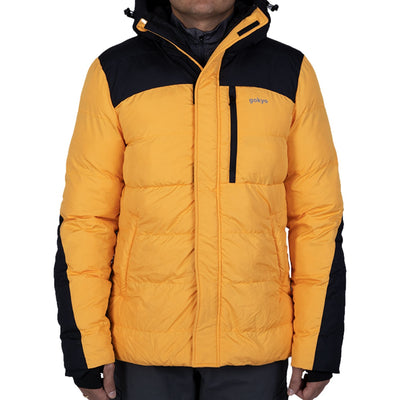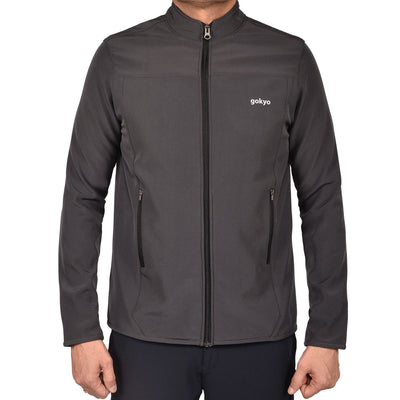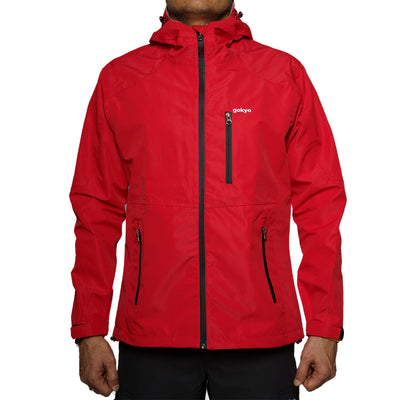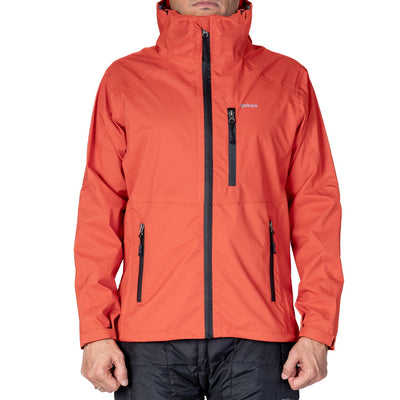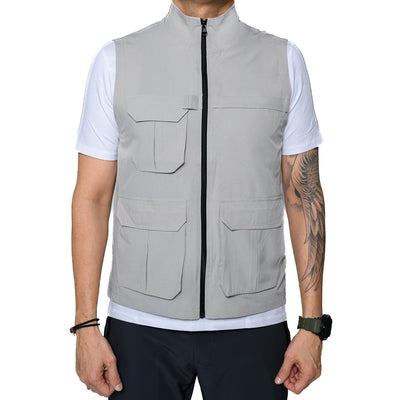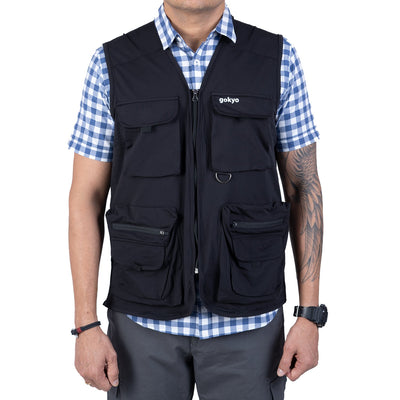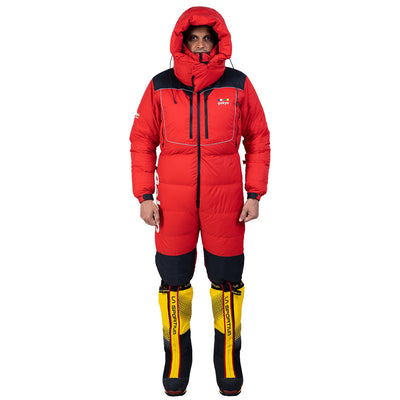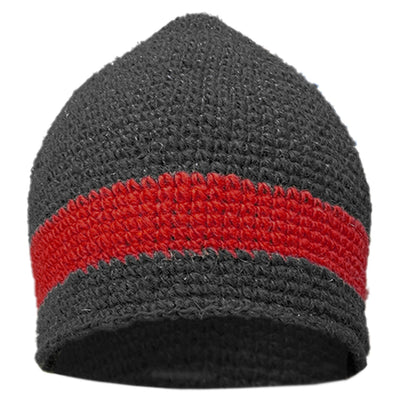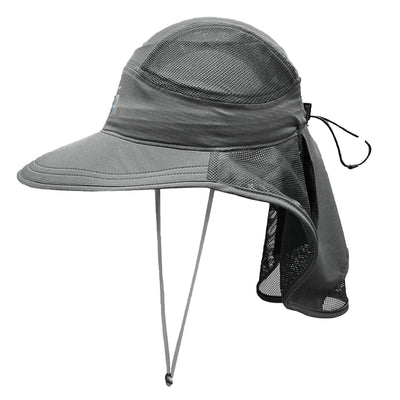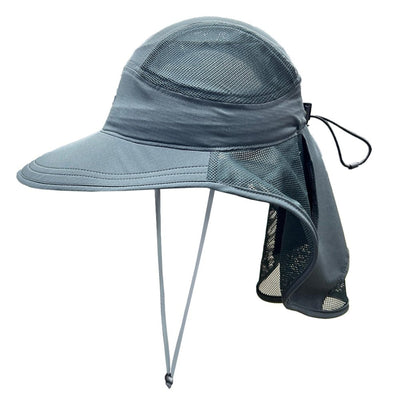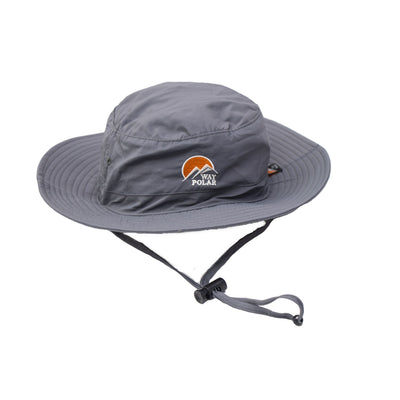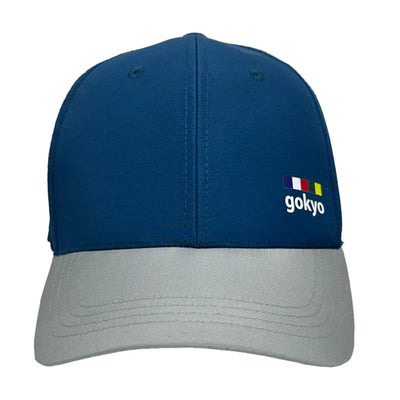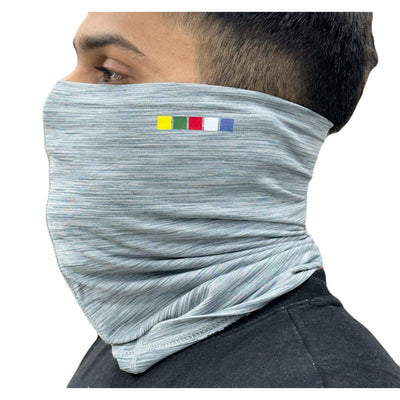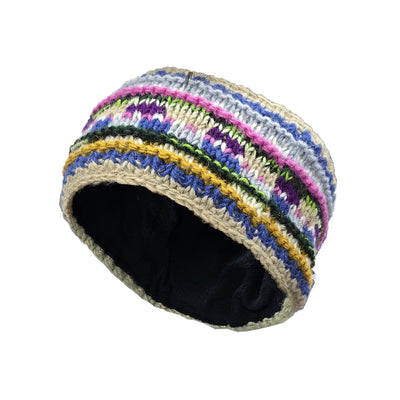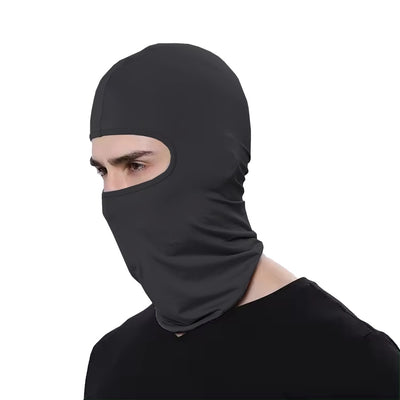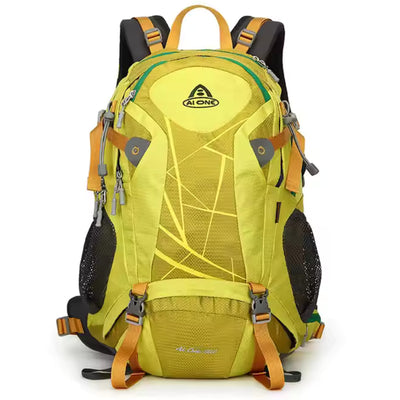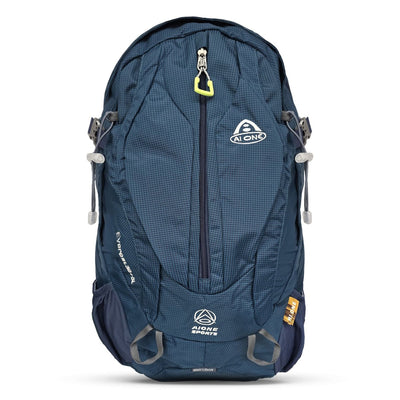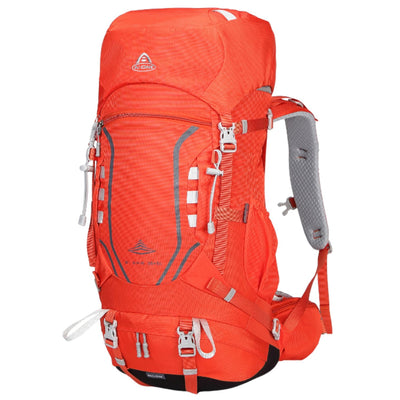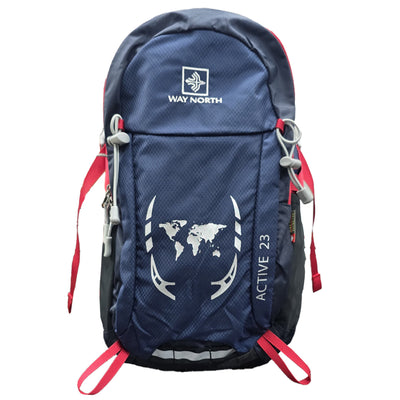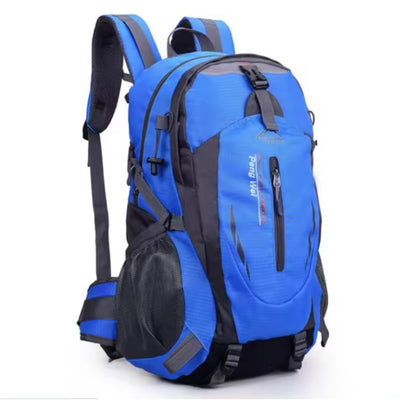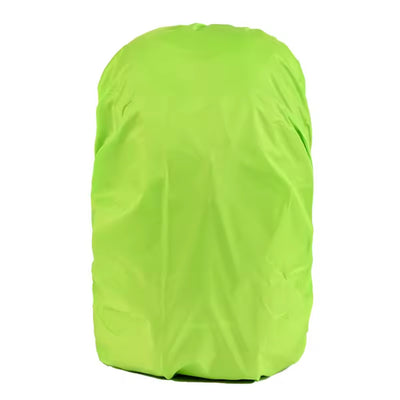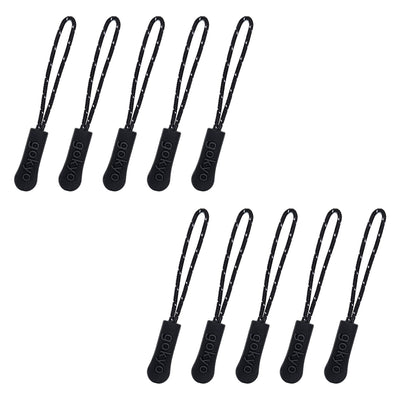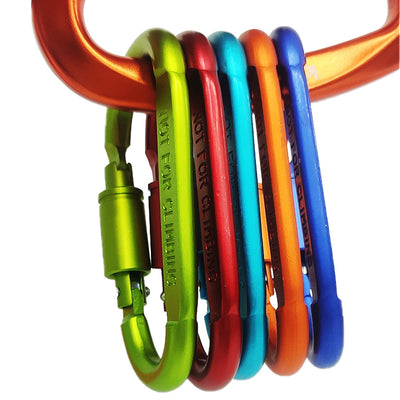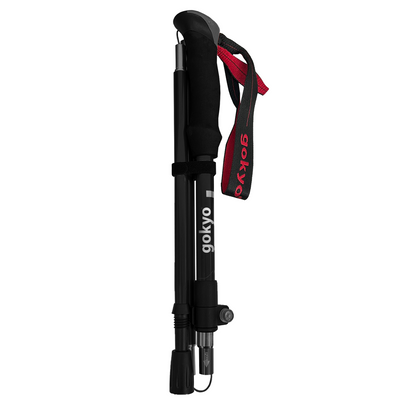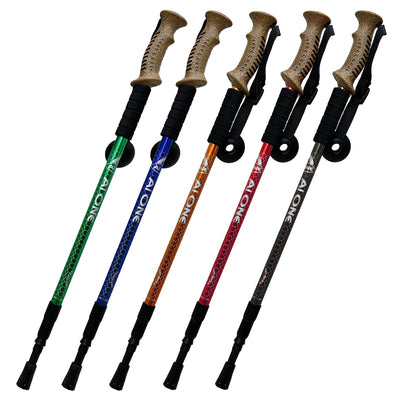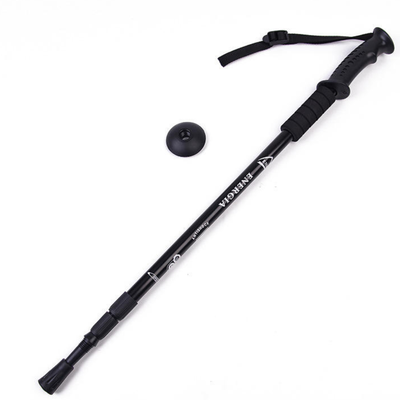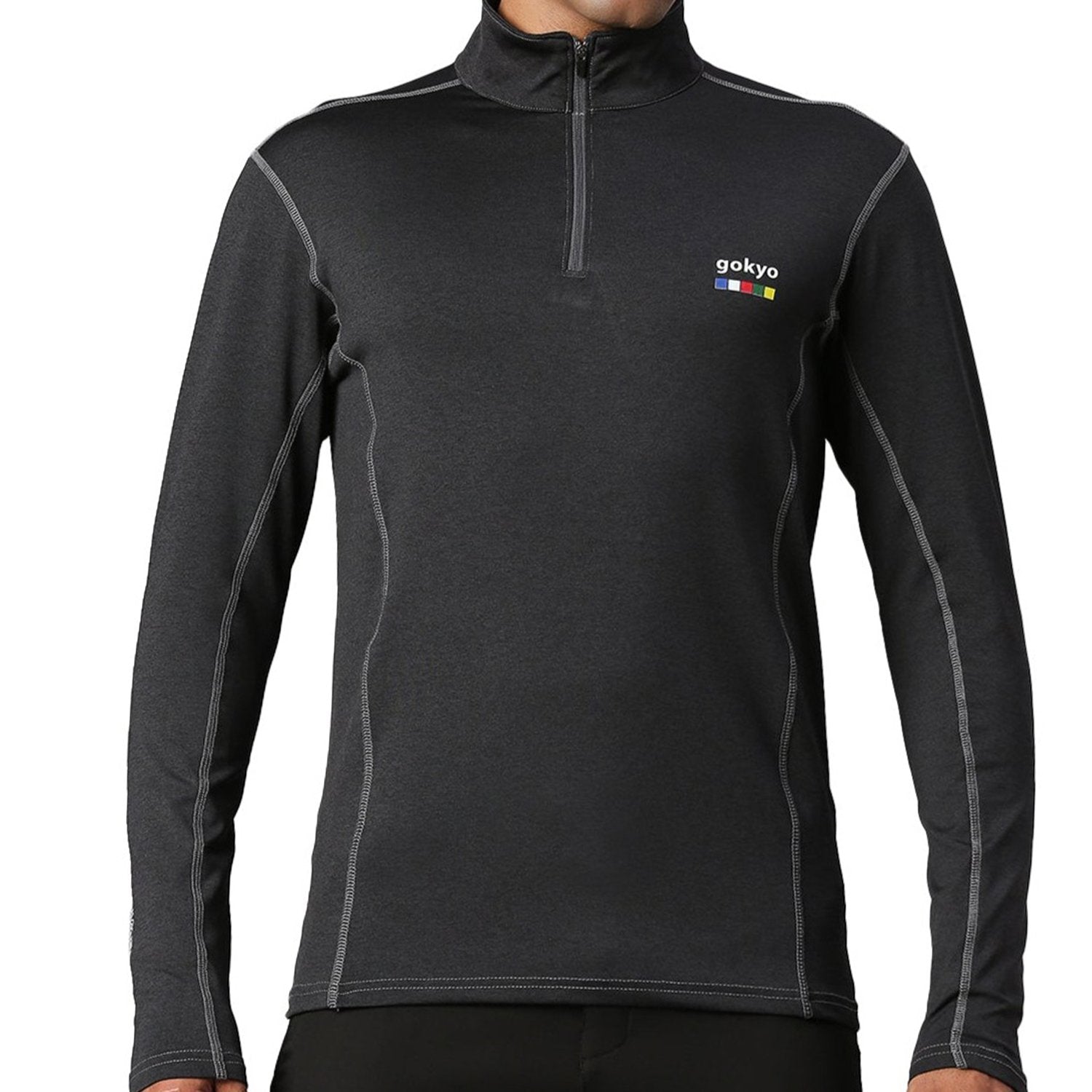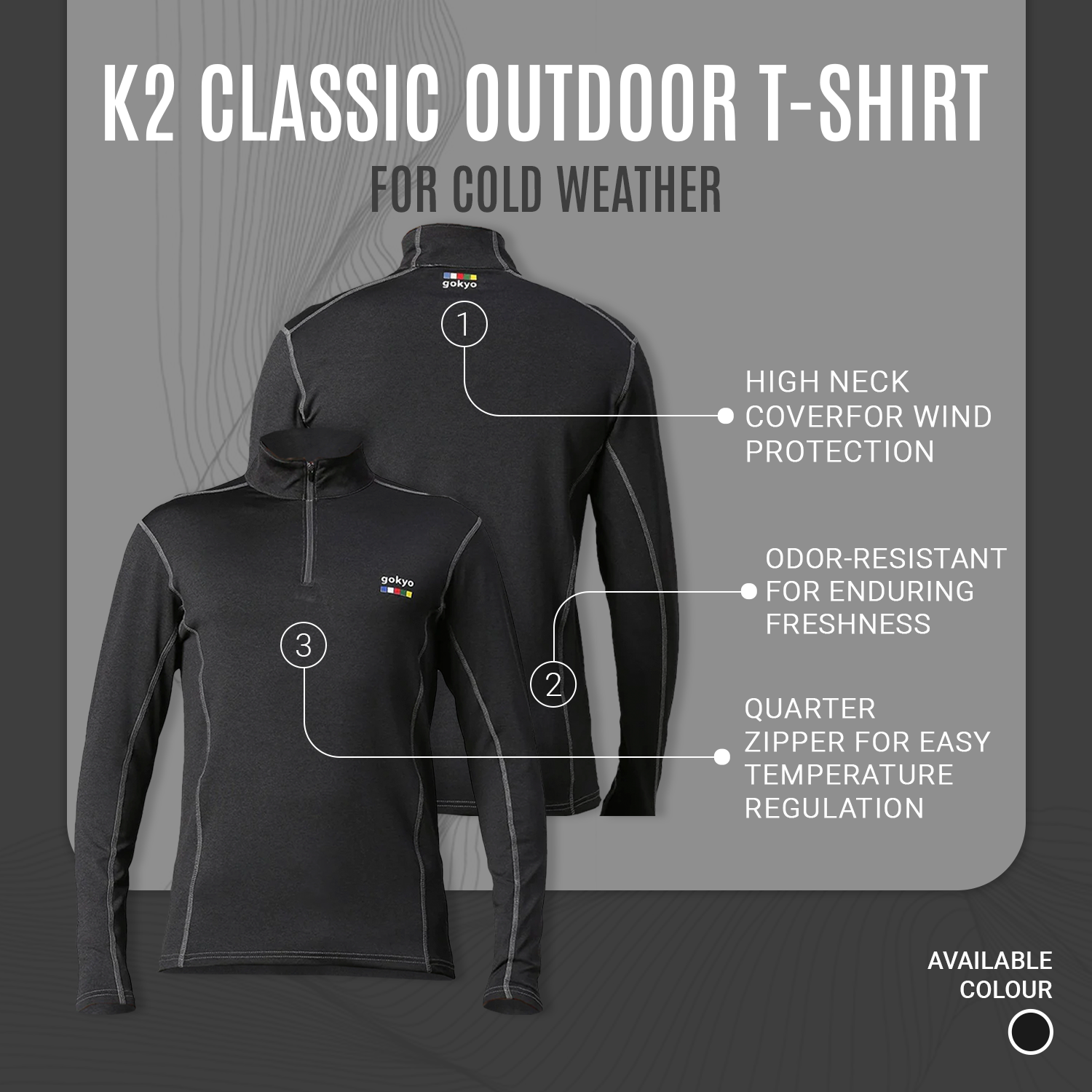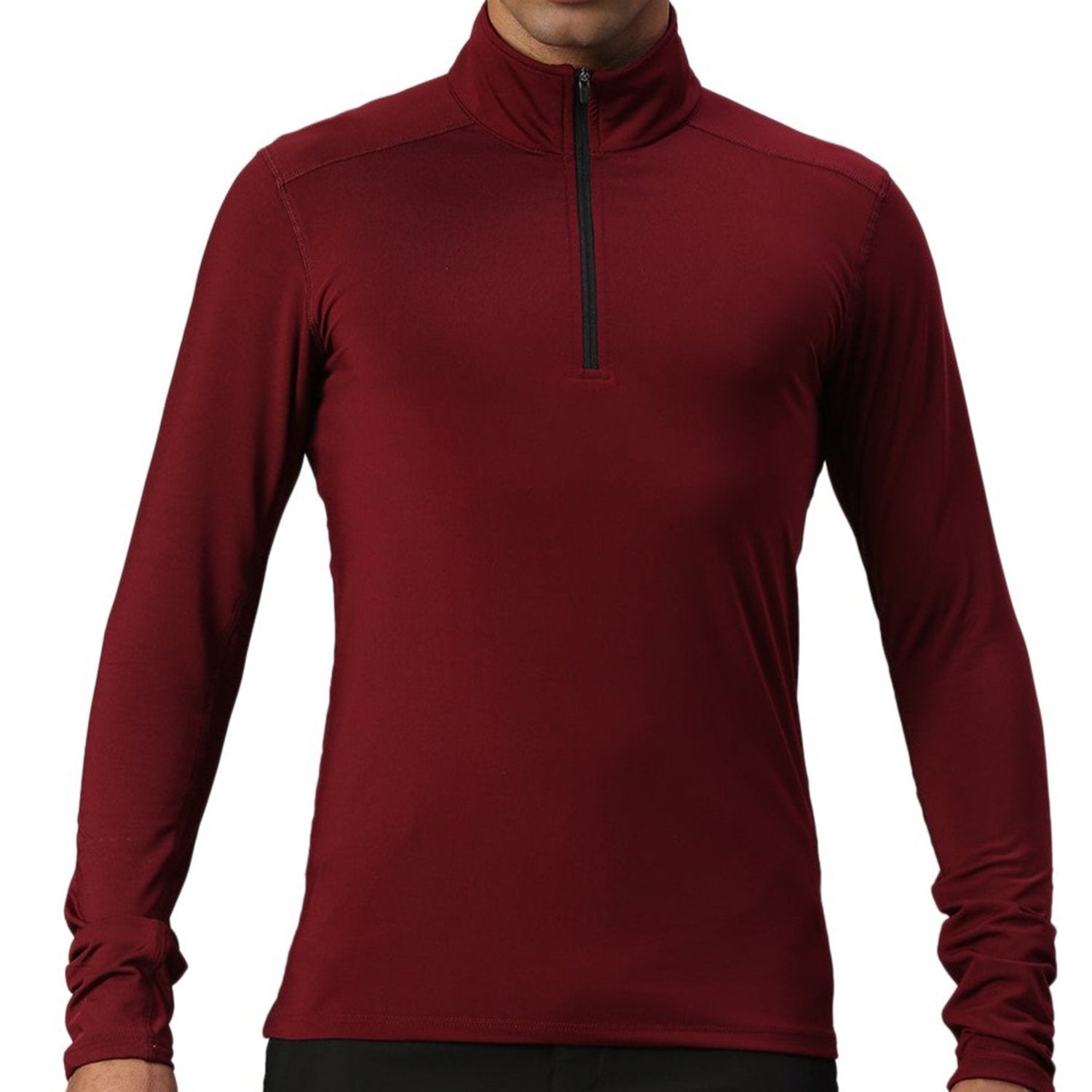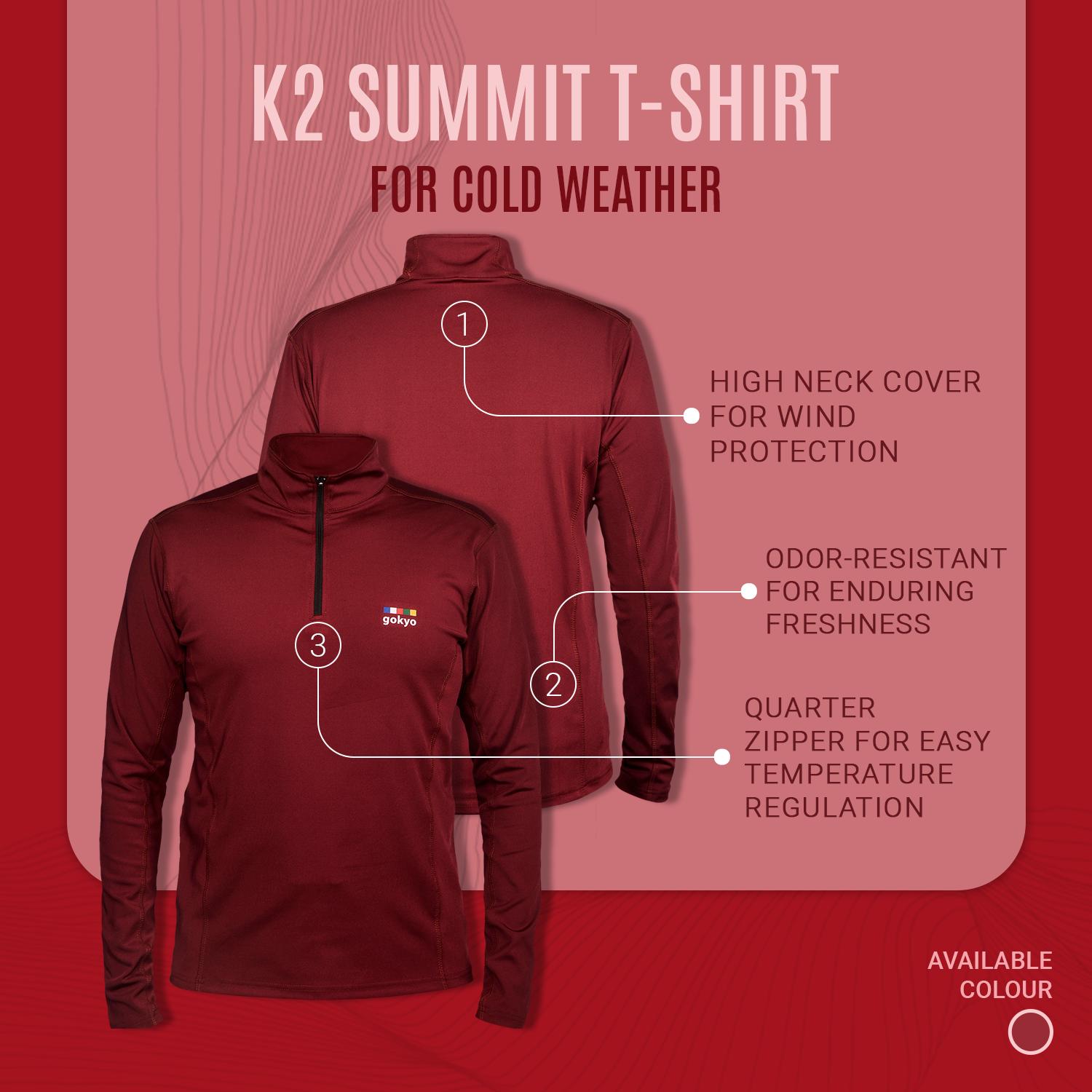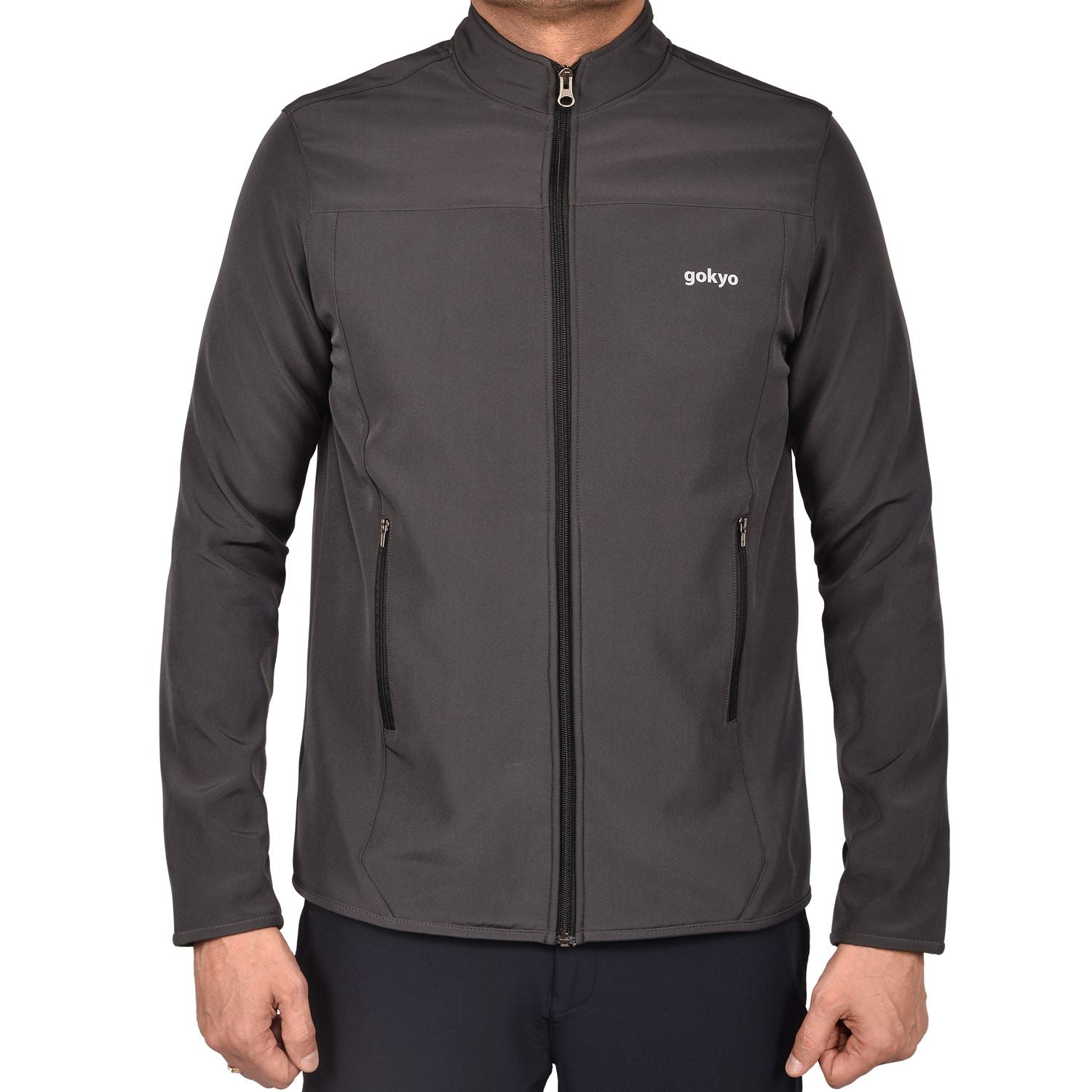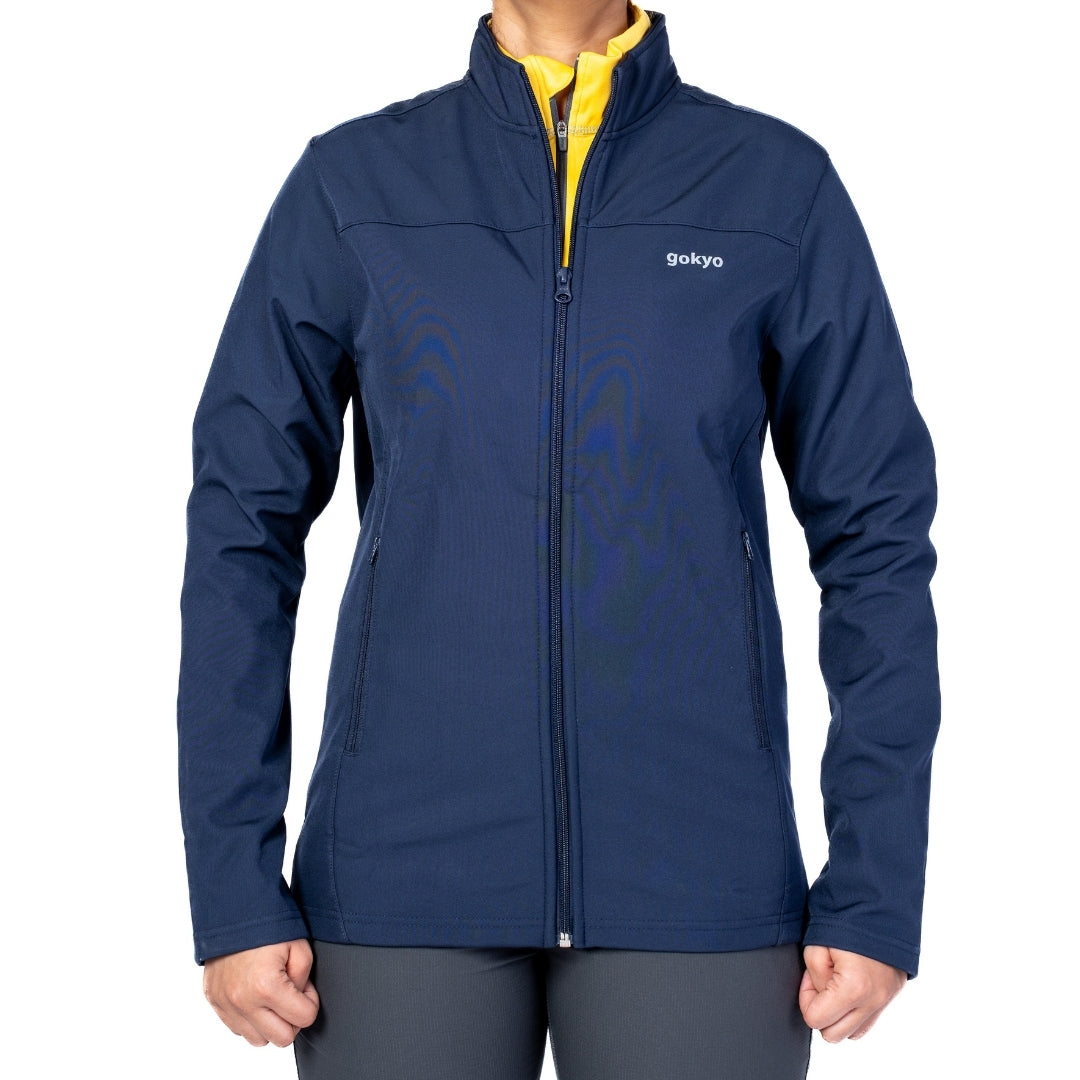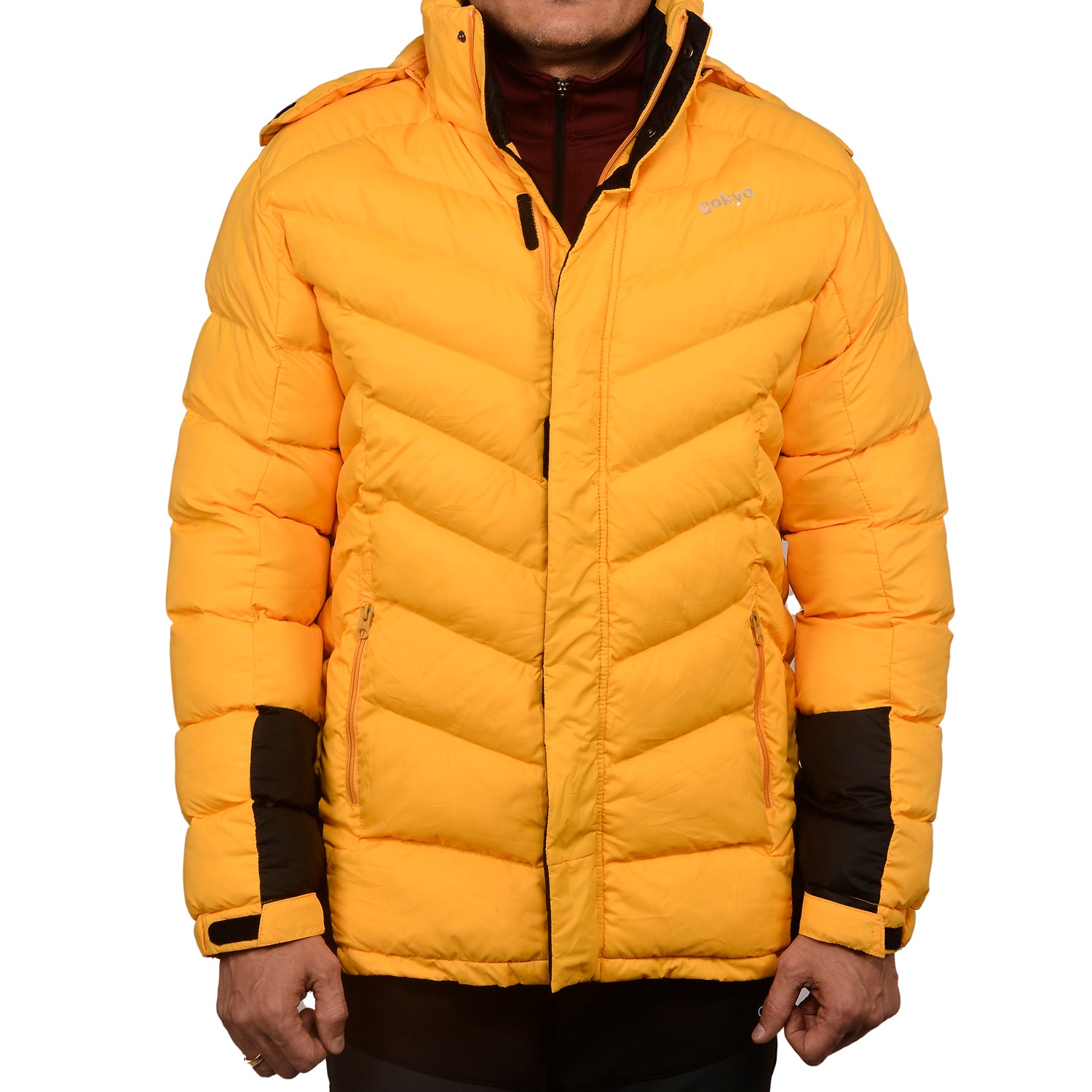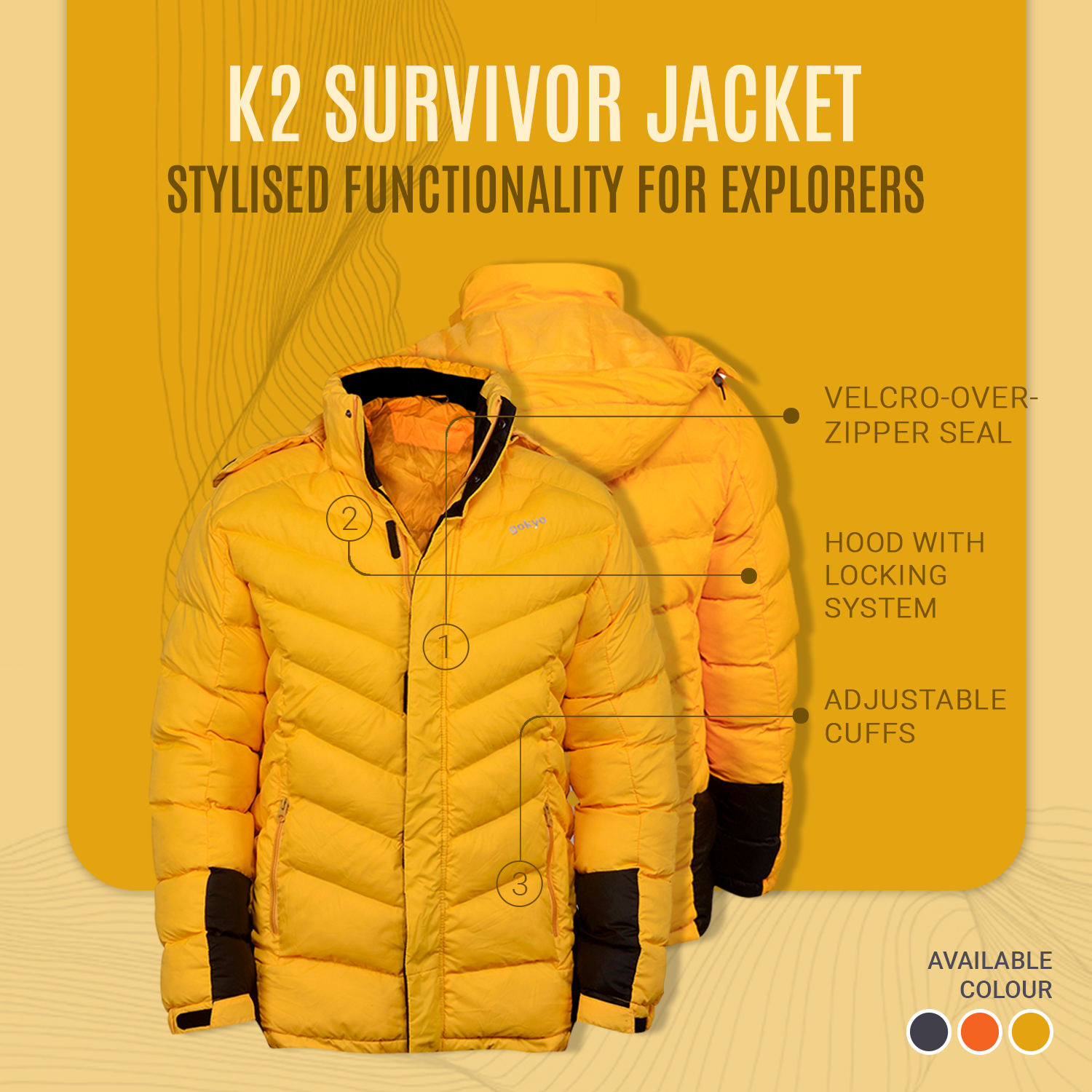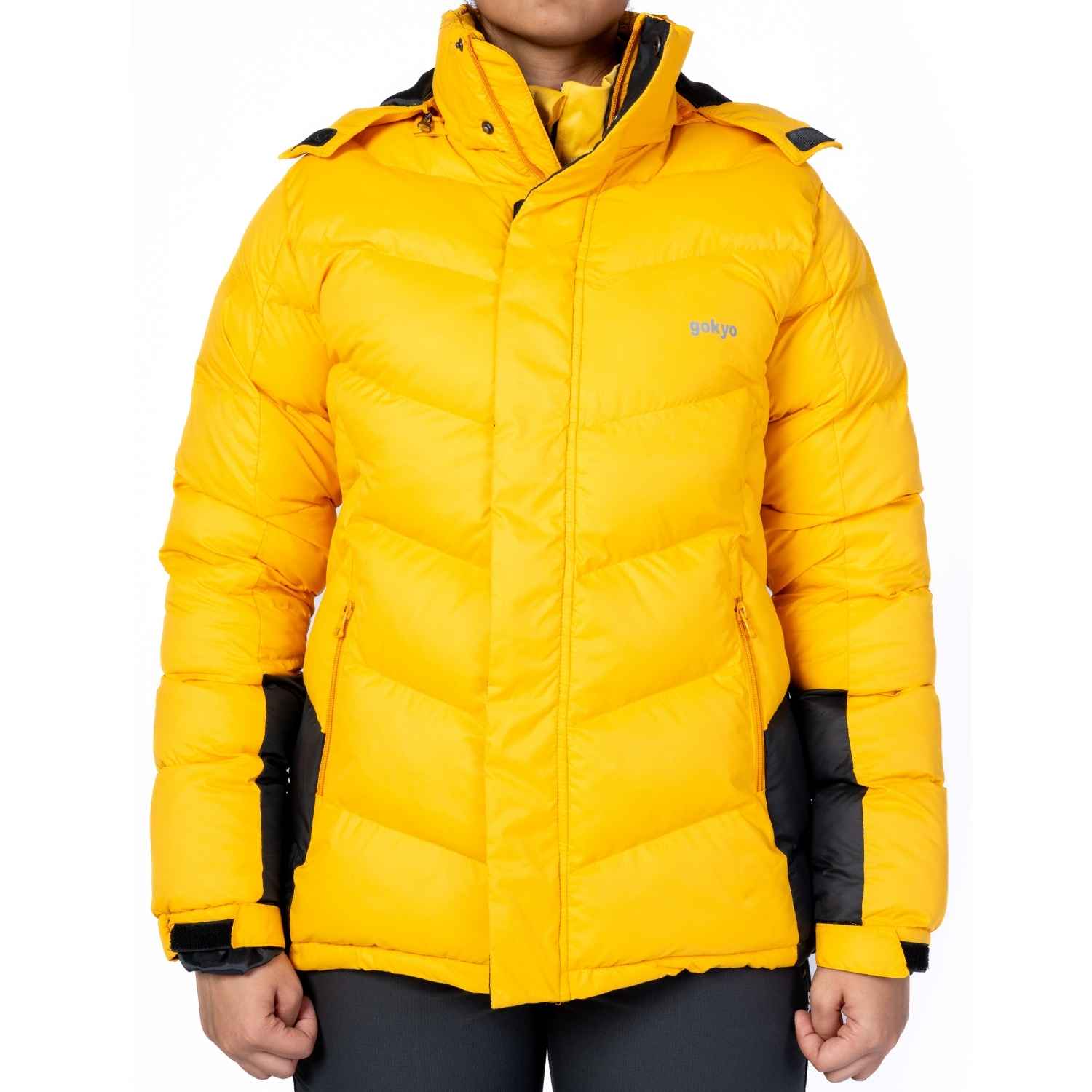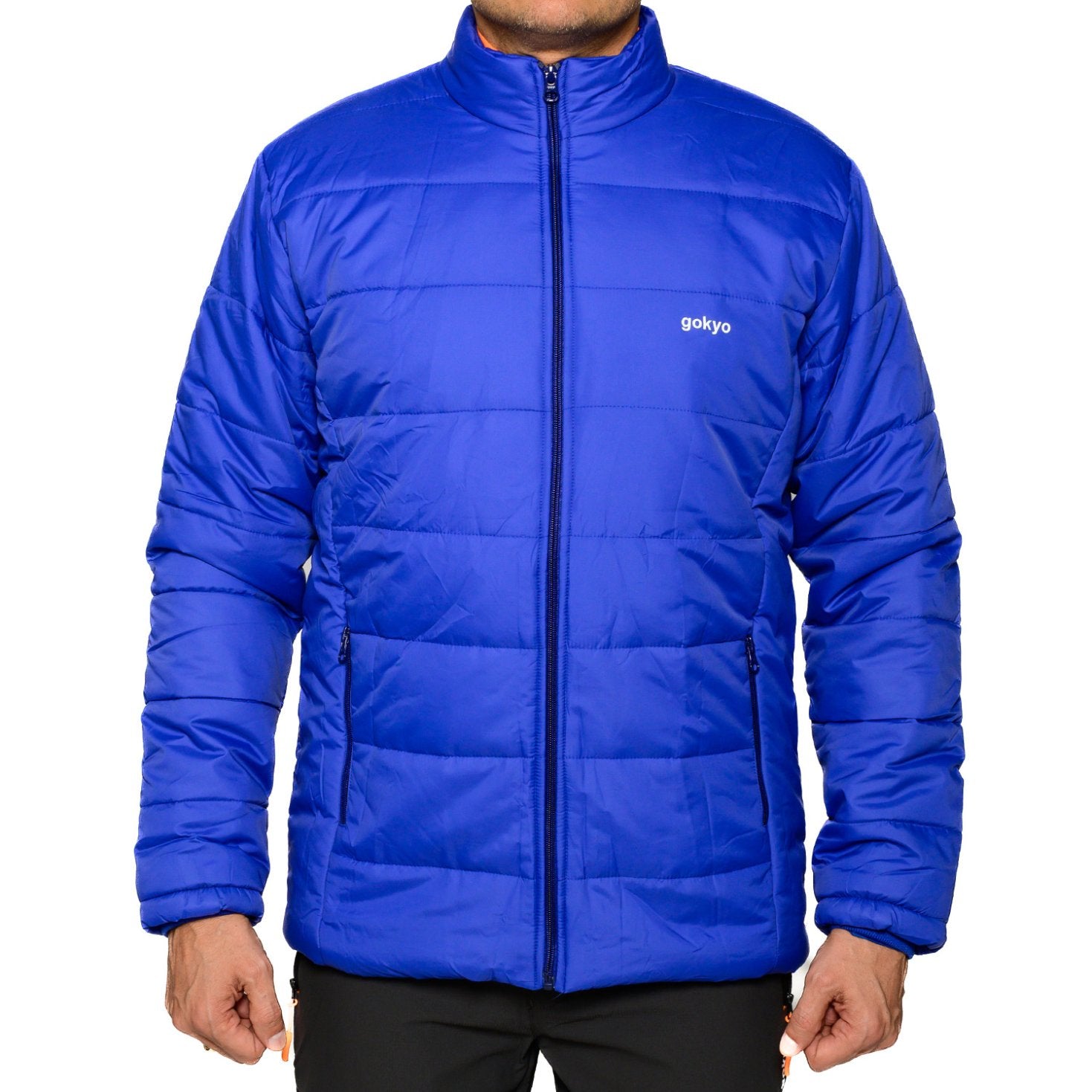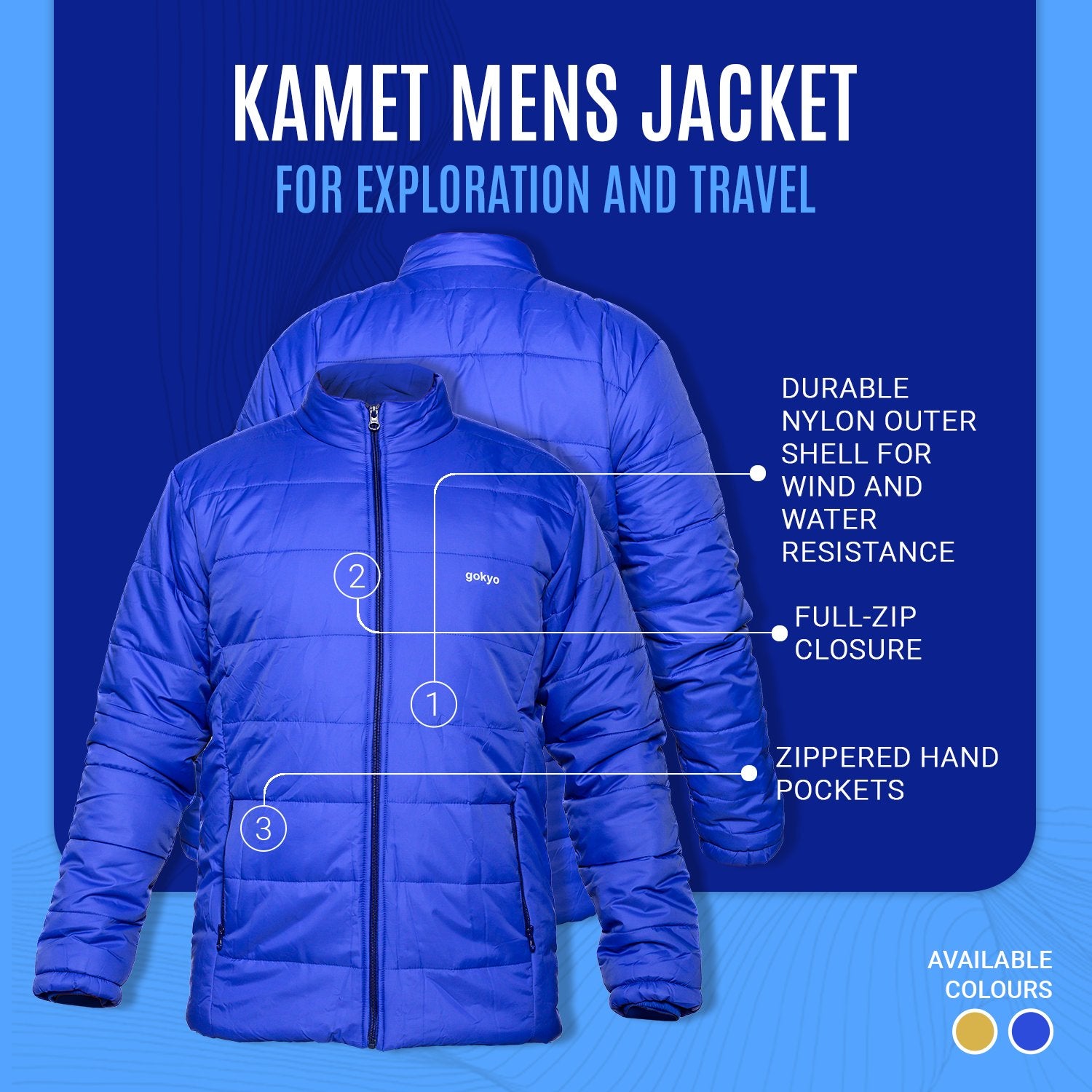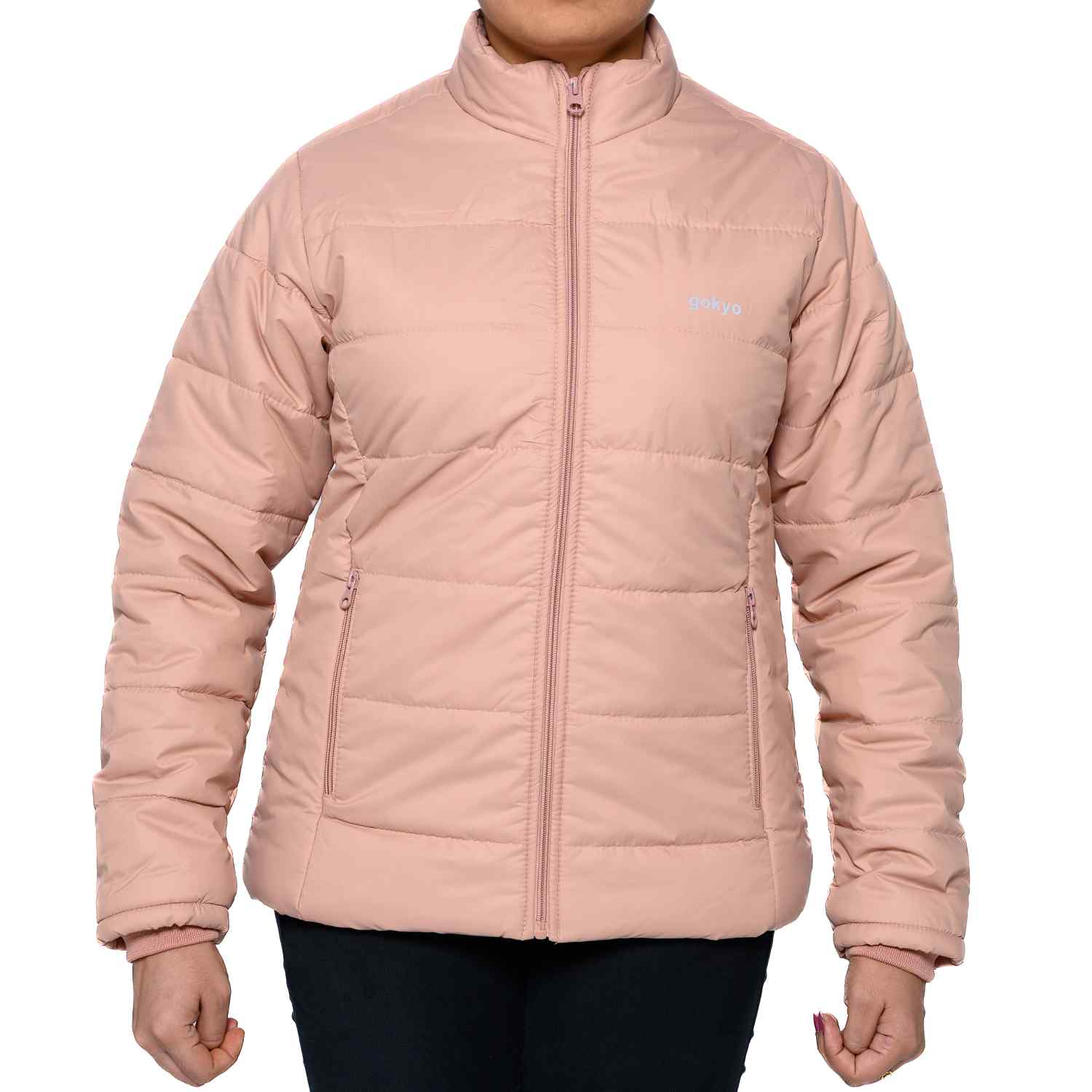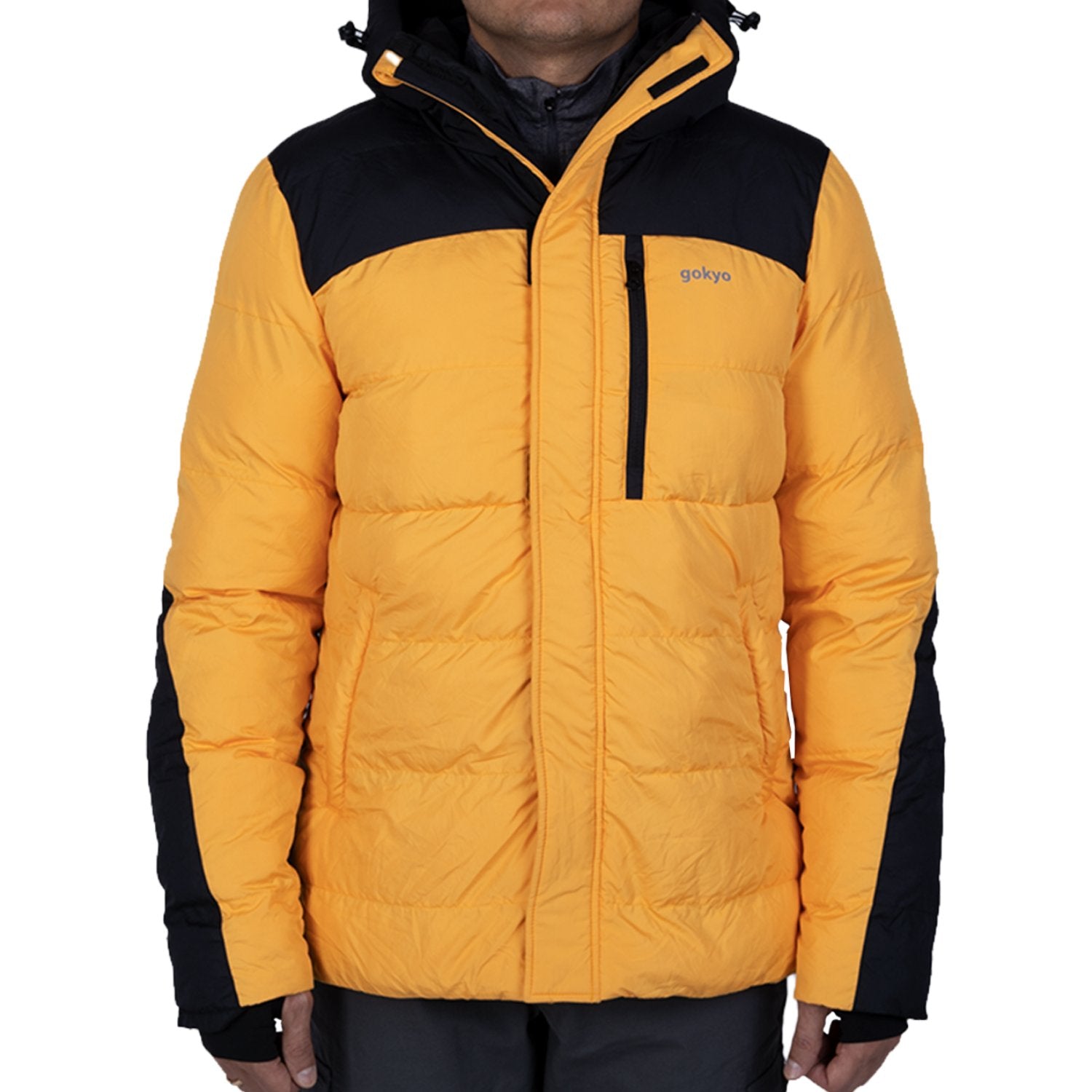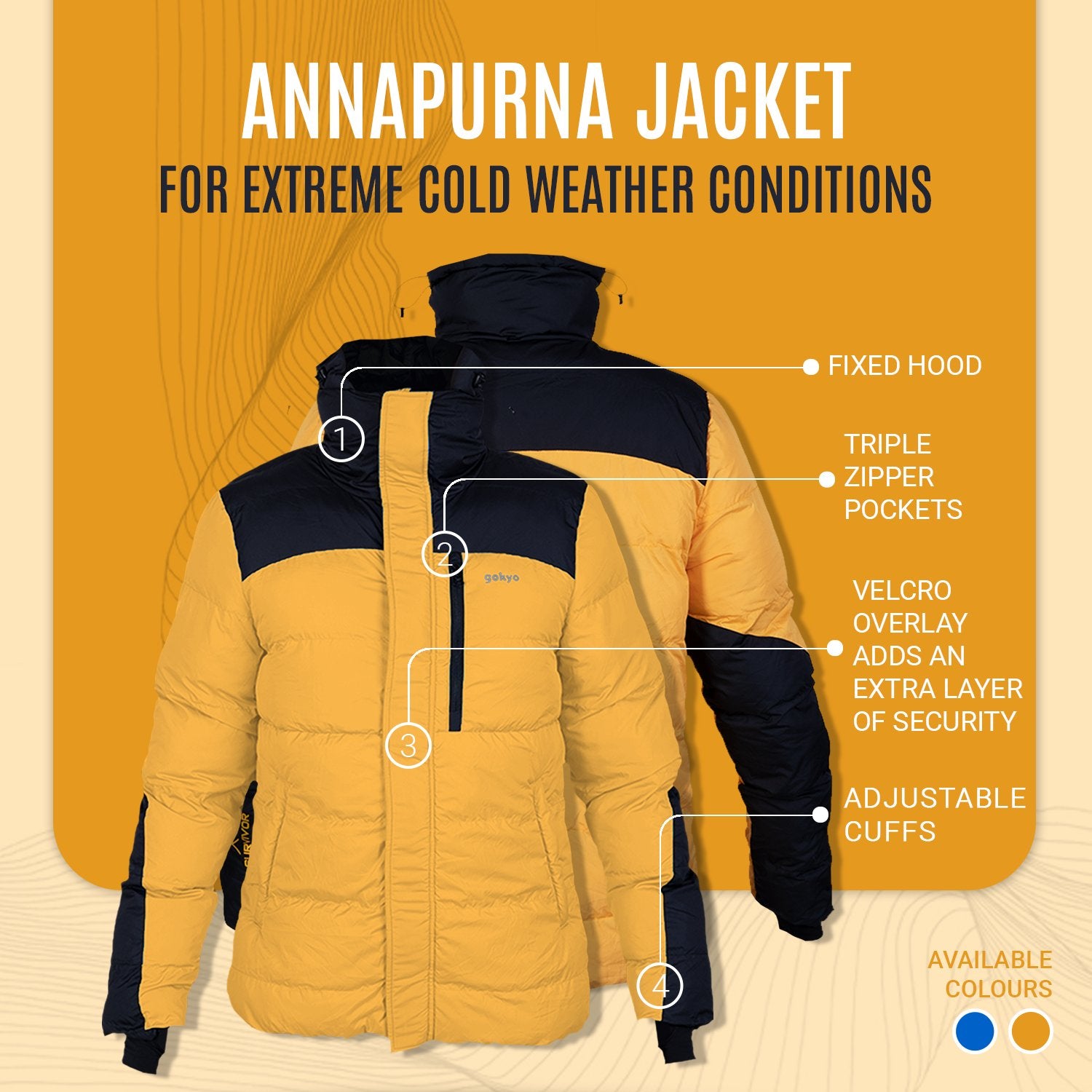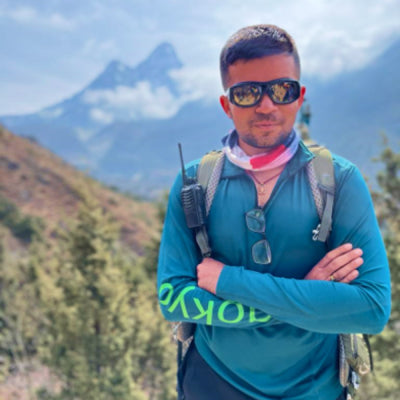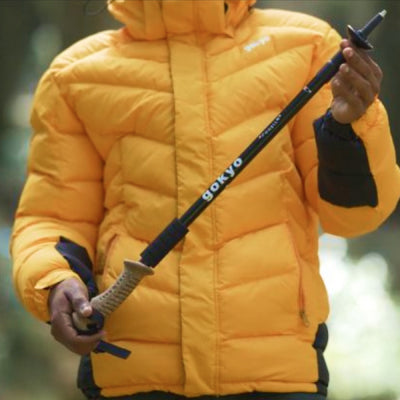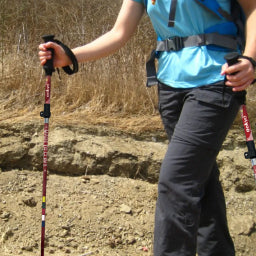Brahmatal Calling: Your Ultimate Winter Trek Packing Guide (Human, Real & Trail-Tested)
If winter had its own VIP guest list, Brahmatal would be at the top with the Himalayas, snow-covered ridges, and velvety skies. Think frozen alpine lakes that twinkle like a secret, untouched mirror. Think, swaying tall cedar forests and icy silent whispers. Think mountain winds that settle in like smooth poetry. Brahmatal is not just a trek, it’s an emotion encapsulated in the magic of winter.
But let's keep it real - between the anticipation and the Instagram screenshot, one apparently tiny little detail can promptly turn your stylish trek into one of high drama: packing. And when you're in sub-zero temps with winds howling like wolves, the things you have with you (and the things you forget) matter much more than you think.
So whether you are trekking with friends, joining a tribe, or going out solo on a soul-searching activity, here is your experience-based, fluff-free, no-jargon packing guide to winter trekking — from base layers to snacks you didn’t think would save your trek!
Let’s pack smart, not heavy.
1. Clothing: The Fine Art of Layering Like a Mountain-Ninja
You cannot fight the mountain cold with random sweaters. You must layer. And each layer has a job.
✔ Base Layer (Thermals)
Think of this as your second skin. It traps heat and keeps sweat away. You can entrust looking for synthetic or merino as they work well in the winter months.
✔ Mid Layer (Fleece)
This is your comfy buffer. It's lightweight but still warm.
✔ Outer Layer (Insulation)
A good puffer or quilted jacket for men won't just keep you warm, it will help keep you alive. And if it's windproof, even better! This is especially the case when the light, fluffy flakes turn into needles as you gain altitude.
As well, you'll want to have water-resistant pants. Ideally, you want pants that you can move in, and not feel like you're wearing cardboard. You can't go wrong with cargo pants for men (for men and women) as when you gain altitude pockets become your friend — a quick access tissue, energy bites, or a lip balm will be worth their weight in gold.
If you're considering winter gear that combines style or substance, comfort, and mountaineering utility, Gokyo Outdoor Clothing & Gear will have apparel that is designed for severe loss at Himalayan temperatures while not losing as much freedom, warmth, or durability.
Outdoor-Ready Jackets for Men
2. Essentials of Head, Neck & Hand (Your Body Leaks Heat Fast)
Your head is the escape for much of your body heat — protect it on all levels.
-
Warm woolen caps for men or caps & beanies
- Neck warmer or buff
- Touch glove (the recommendation is a thin glove with an outer waterproof glove overtop)
Pick something that fits your ears well—it's not just for warmth; it'll help you sleep at frigid base camps as well.
Stay Cool and Covered with These Trekking Caps
3. Footwear that Survives the Trek
Snow trekking is not a normal hike; it is slippery, uneven, cold, and wet. Your footwear needs:
-
Ankle support
-
Non-slide grip
-
Water resistant
- Long-lasting quality
Bring 3 - 4 moisture-wicking trekking socks and at least 1 thermal sock. If the trekking group doesn't provide them, pack microspikes.
Also, do not bring cotton socks—the sweat will trap in it and become ice blocks before you know it!
4. Backpacks That Work For You: Smart Backpacking
Your travel bag is more than just luggage—it will become your personal, moveable storeroom, relaxation care package, and survival buddy in nature.
Select one with:
-
40 - 50L size
-
Rain cover
-
Hip & chest straps
- Some back support
Everything in your bag should have a purpose, not a presence. Think: Will me in the future thank me in the present for having this?
If yes → pack it
If no → throw it out
If maybe → rethink it
Explore Our Top Trekking Backpacks for Every Adventure
5. Weather Barriers: Your Armor Against the Elements
The mountains really do not care about what you are planning, or how many cameras you'll have. The wind and the snow will change the whole aura within a few minutes. It is always good to pack:
- A lightweight windcheater for men (especially for summit night)
- A waterproof jacket or poncho
- A quick-dry towel
- Waterproof covers for gadgets
This is trek logic: A dry trekker = a warm trekker = a happy trekker.
6. Hydration, Energy & Health - the game changer we forget
Altitude is not just vistas, it's chemistry. Your body is working twice as hard, even when resting. Stay hydrated, even when you "don't feel thirsty."
Pack:
- A sipper or insulated bottle (1-1.5L)
- A rehydration mix or electrolyte powder for energy
- Trail snacks: jaggery cubes, energy bars, dry fruits, peanut chikki
Hydration will combat exhaustion faster than any chocolate.
Energy-Boosting Food and Supplements for Trekking and Travel
7. Trekking Aids: Things You Think You Won't Need - Until You Do
A pair of trekking poles can take nearly 20-25% of pressure off your knees, especially downhill, on slippery trails in snow. They provide balance, reduce fatigue, and eliminate any strain you do not need.
Add:
- UV sunglasses (snow blindness is real)
- SPF 50 sunblock
- Lip balm (SPF + heavy moisture)
- Head torch with batteries to spare
- Personal medicines
In short, don't borrow anything that affects safety.
8. Night gear (summit morning pain otherwise)
The real cold comes when the sun drops like a curtain.
So keep:
-
Sleep socks
-
Small hot water bottle
-
Tiny hot water pad
- Ear plugs (you know groups can snore like crazy bears)
Bonus: Please don’t sleep in your puffy jacket — it defeats the purpose of insulation.
9. Hygiene & Personal Care — You still want to feel like a human
Treks are gritty, and real, and raw — but to be comfortable and have confidence you’ll want some semblance of cleanliness.
So you should pack:
-
Biodegradable wet wipes
-
Tissue roll
-
Sanitizer
-
Pee funnel (For female trekkers)
- Light moisturizer
- No need for makeup, the mountains do that for you.
Why is Brahmatal Unique
After some winter trails that feel overcrowded and lack the good for you pole, Brahmatal is quiet, immersive beauty, like winter wonderland beauty. The frozen lake, silence of the forests, and views of Mt Trishul all make for a trek with beauty worthy of a postcard but none of the back-breaking difficulty.
Take the chance to disconnect, journal, and snap some warm aesthetic snow-selfies, and maybe even play around with being a version of yourself that feels a little lighter and louder on the inside.
If your planning your trek wardrobe with performance fabrics, based around minimal aesthetics, warmth, durability, for the weather conditions of the Himalayan climate then Gokyo Outdoor Clothing & Gear has functional outdoor wear specifically designed for trekking in alpine winter conditions.
Quick Packing List
|
Category |
Must Pack |
|---|---|
|
Clothes |
Thermals + Fleece + Insulated jackets for men in winter + Trek trousers |
|
Accessories |
Headover + Gloves + caps & beanies |
|
Gear |
Backpack + trekking poles + Head torch |
|
Health |
Electrolyte powder + Medicines + Sunscreen |
|
Comfort |
A packet of wet wipes + Hot water bag + Moisturizer |
|
Documents |
Govt ID + Trek booking details |
Conquer Any Terrain with Trekking Poles
Final Thoughts: Pack Light, Pack Smart, Pack With Respect
This trek is less about looking adventurous and more about becoming adventurous. Pack things that protect you, empower you, and keep you comfortable so you can soak in the silence, smell frozen pine, and feel what real winter magic feeling is like.
Mountains reward preparation.
Summits reward patience.
Memories reward presence.
Be slow.
Be warm.
Feel alive.
Frequently Asked Questions (FAQs) :
1. Is Brahmatal fine for first-time trekkers?
Yes, as long as you are reasonably fit and follow the appropriate preparations and acclimatization methods.
2. What temperature can I expect?
It can reach -10°C or below at night, especially during peak winter.
3. Can I wear sport shoes rather than trekking shoes?
No, do not wear sports shoes. You will want proper shoes for trek with snow, ice, and slippery trails.
4. Should I carry power banks?
Absolutely. Cold weather drains batteries fast. Carry at least 10,000–20,000mAh and wrap them in warm fabric.
5. How heavy should my backpack be?
Ideally 8–10kg, including water. Anything more becomes a struggle.

